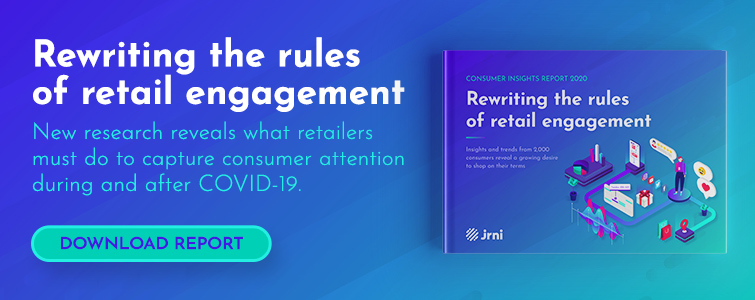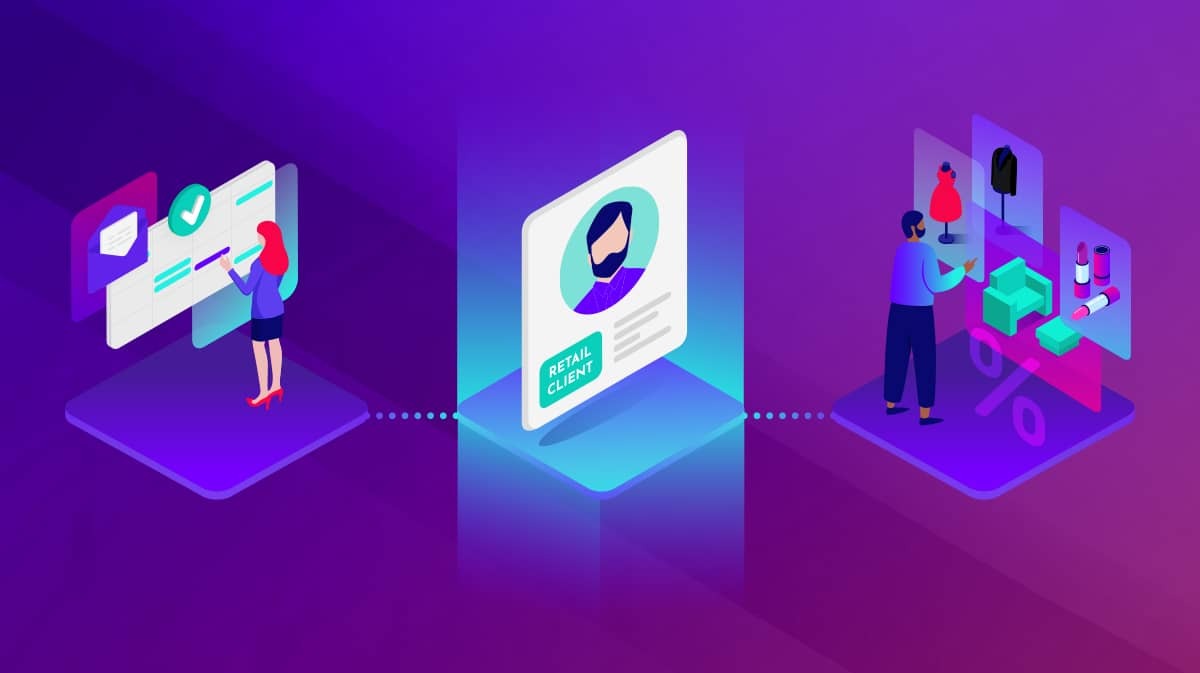As the golden quarter approaches, retail analysts, eCommerce vendors, and pundits of all sorts start issuing predictions for the upcoming peak season. Unsurprisingly, the data tells a confusing story this year, as COVID-19 has rendered the rule book useless.
Although stores are officially open, the threat of local retail store lockdowns and second and third peaks loom. However, customers are still shopping, and online transactions are accelerating globally.
Consumers want a shopping experience that is better, faster, and safer. We are seeing a blend of online and physical channels - a hybrid shopping experience - becoming more popular as consumers look to safely engage with brands.
COVID-19 is also driving long-lasting behavioral shifts. As a result, many consumers no longer feel comfortable about undertaking 'normal' activities such as traveling on public transportation or using a changing room when shopping in-person. So, what will peak season look like in 2020?
Shoppers are anxious but still spending
According to research, the value of online retail sales in the US and abroad is estimated to increase by the end of 2020. Shoppers are making fewer trips to shops, but when they do, their basket value is much higher. Research undertaken by the ONS in April and May on the impact of the coronavirus on British society reveals a significant variation of anxiety levels among the UK population. Older generations are twice as likely as young adults to be experiencing high anxiety levels, while women are more than twice as likely as men to report feeling highly anxious. Similar results are evident in the US where a March study from the American Psychiatric Association revealed that:
- 6 in 10 Americans felt the coronavirus disrupted their daily life;
- 48% expressed fear of catching the virus;
- 1 in 3 reported that COVID-19 was affecting their mental health.
More recently, the ONS has released findings that highlight the enduring nature of these elevated anxiety levels on people's lives. Almost a quarter of people said they felt it would take more than a year for their life to return to 'normal' - or that it never would. This was true for each shopper, across age groups, including those between 16 and 29.
With consumers predicting that, despite lockdown restrictions easing, it will take a long time to become comfortable about undertaking day-to-day activities, retailers will need to go the extra mile to generate foot traffic and ensure customers feel less wary about visiting stores.

Retailers need to rebuild trust using a toolbox of resources
Retailers are taking proactive steps to mitigate consumer anxiety and make the shopper experience in-store as seamless and convenient as possible.
This includes offering more in-store contactless payment options that eliminate the need for shoppers to queue or use cash, as well as managing the physical environment to make it easier for shoppers to observe social distance when browsing, or entering and leaving the store.
Utilizing technologies that enable enhanced footfall management will also support retailers in creating environments shoppers feel comfortable visiting.
Monitoring occupancy levels and analyzing traffic data will also be critical. Solutions such as people counters, occupancy managers, and pre-booked appointments will allow retailers to proactively throttle footfall traffic, while building in adequate time for cleaning.
Finally, retail stores able to satisfy returning customer shopping needs will be the most successful at getting them to make purchases. While occupancy restrictions may be in place, retailers should plan to overstaff to ensure that appropriate manpower is available to enforce new protocols and be available to deal with customer questions. Returning loyal customers will not tolerate waiting unnecessarily in-store to satisfy their pent-up desire to spend.
Offer customers new shopping options
Retailers should plan to provide alternative shopping options that can improve the customer experience.
Allowing customers to schedule their visit to the physical store, or shop by appointment, will give them the added reassurance that they are unlikely to encounter a crowd. Such footfall management strategies will also ensure the retail store is properly staffed. Providing a full up-to-date and detailed overview of the shopping option available to customers on the store's website will enable shoppers to assess the measures a retailer has put in place and select the option that's most appropriate to their immediate needs.
Many retailers adopted innovative new approaches to providing shopping services for loyal customers, while lockdown was still in place. These includes offering online video appointments for customers preferring a one-to-one personal shopping consultation or product demonstration. This next highly personalized evolution of the shopping experience gives customers the opportunity for product discovery, curation, and 'live' customer service interactions they crave - and looks set to become an established part of the way we continue to shop going forward.
Sustaining the rebound
Planning for peak season will no doubt be different, however, early indications are that many consumers are eager to experience a hybrid experience of human interaction and personalized online shopping. Queue management and footfall management solutions will be the helpful elves behind the scenes as shoppers queue to sit on Santa's lap this year, and those retailers that provide a safe and engaging store experience will be hearing the sound of bells ringing this season. Well, at least hearing the ringing of cash registers.




